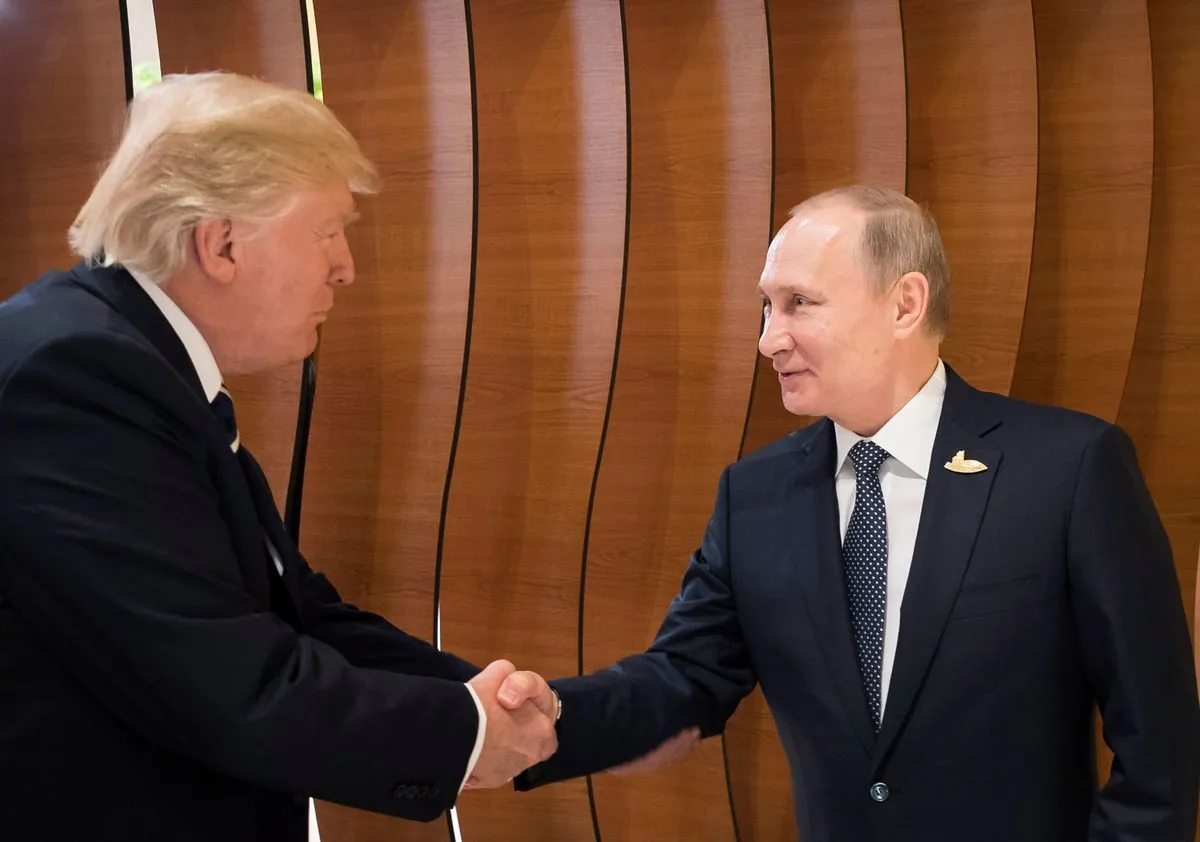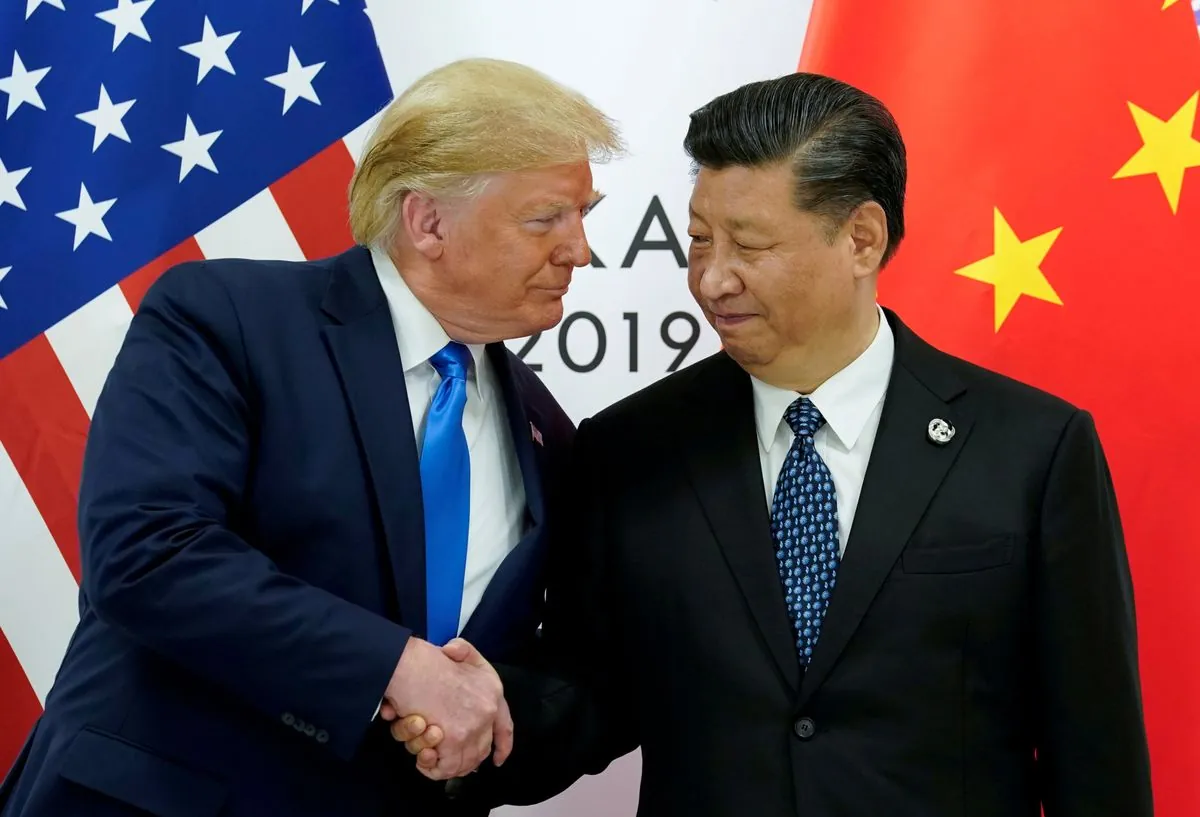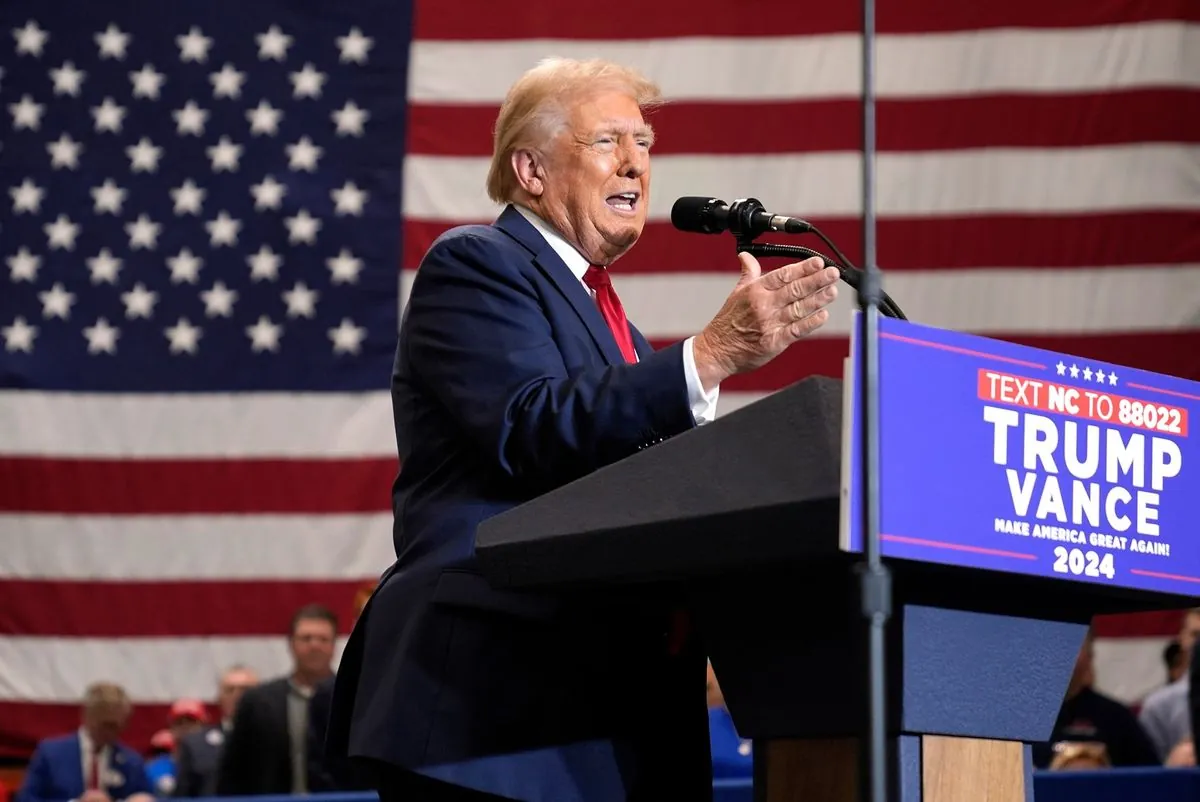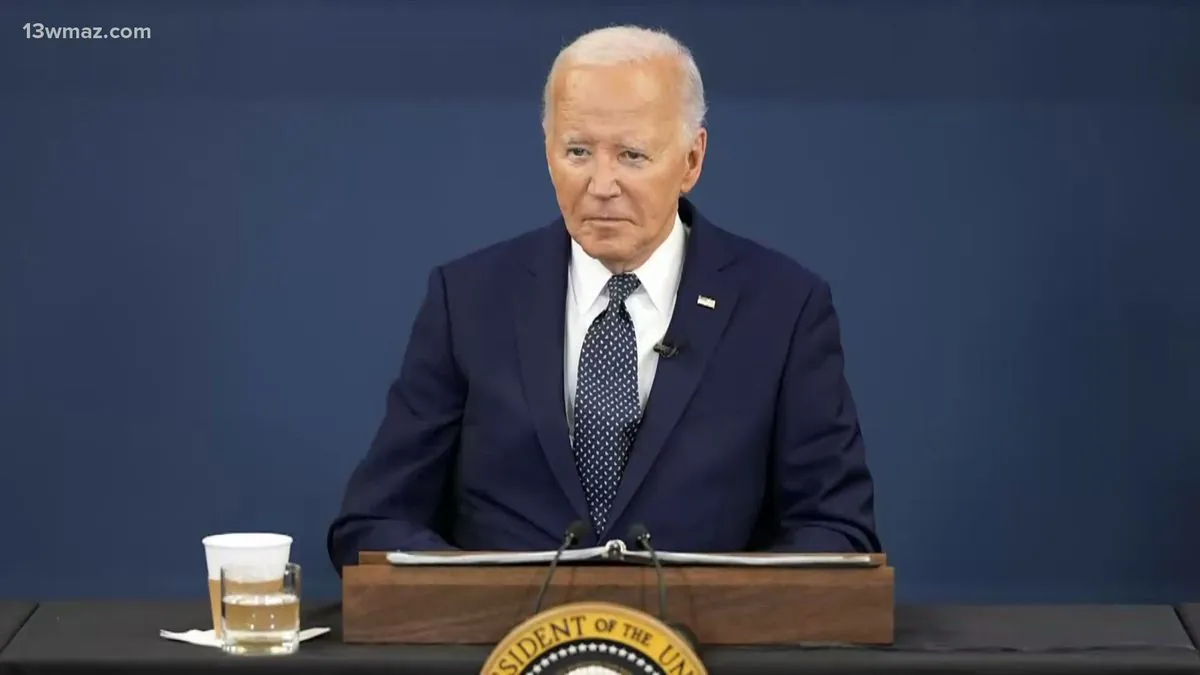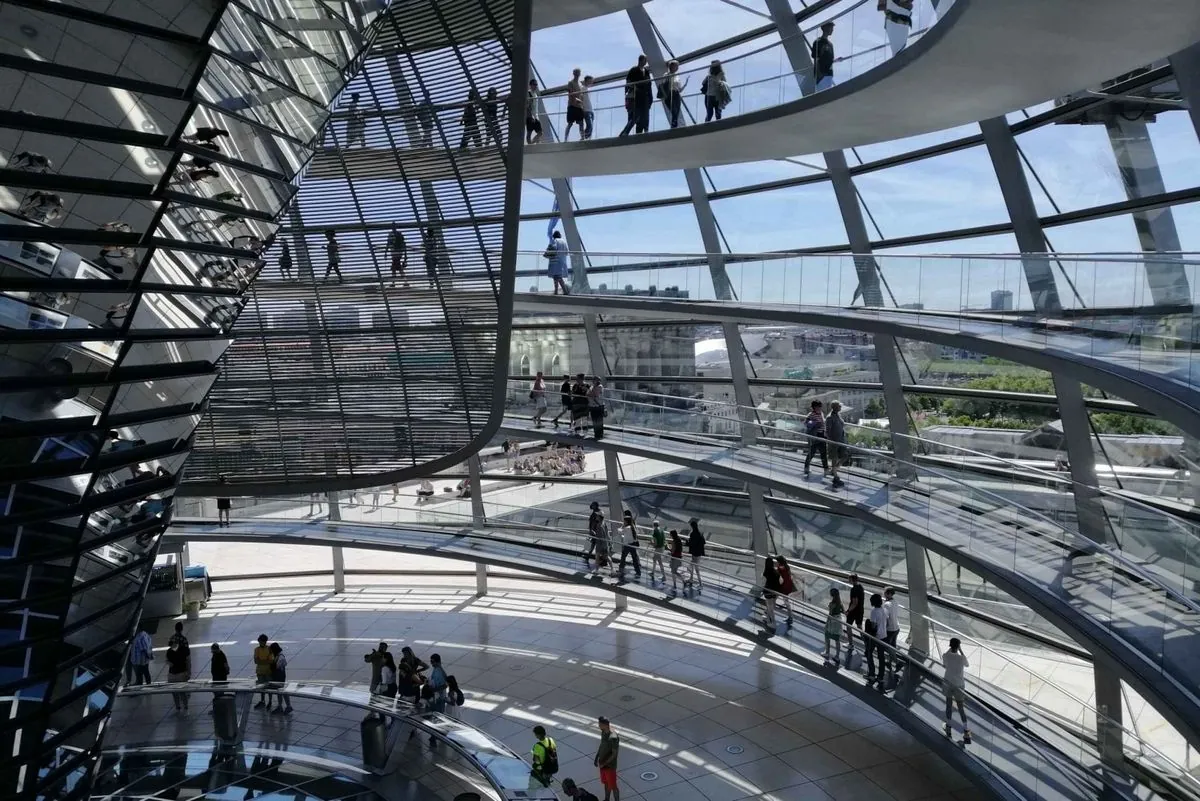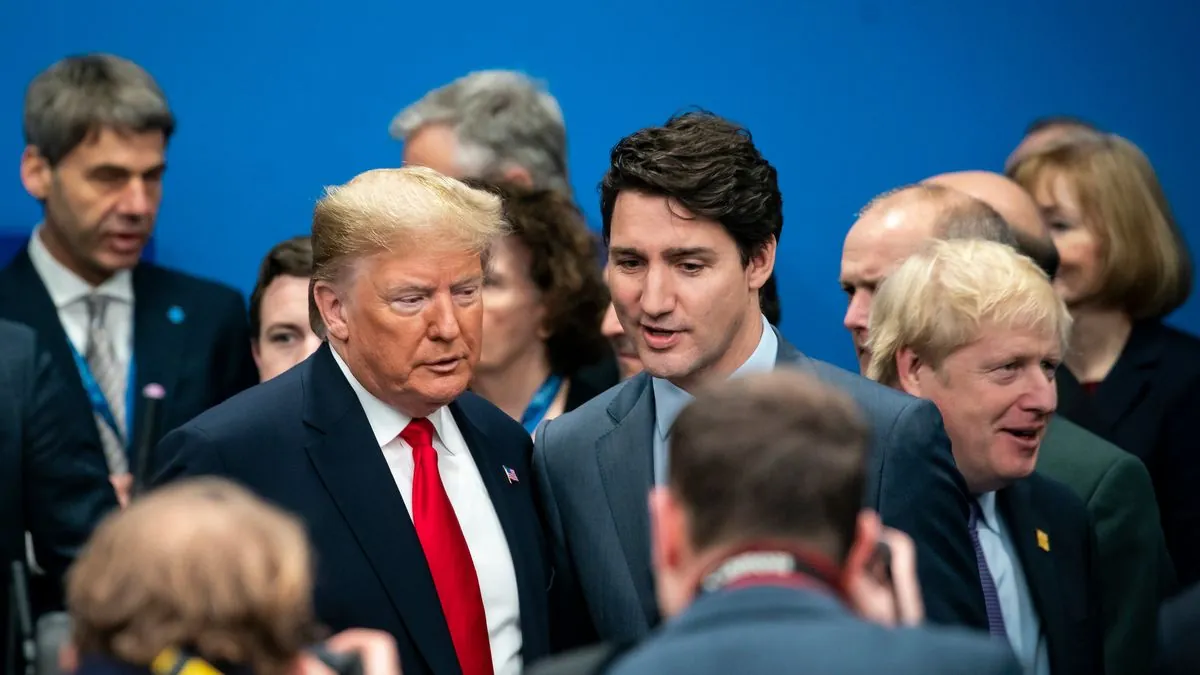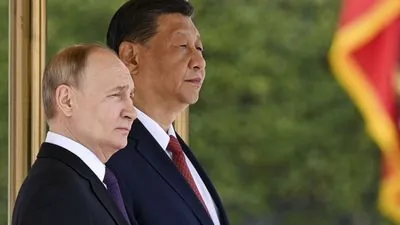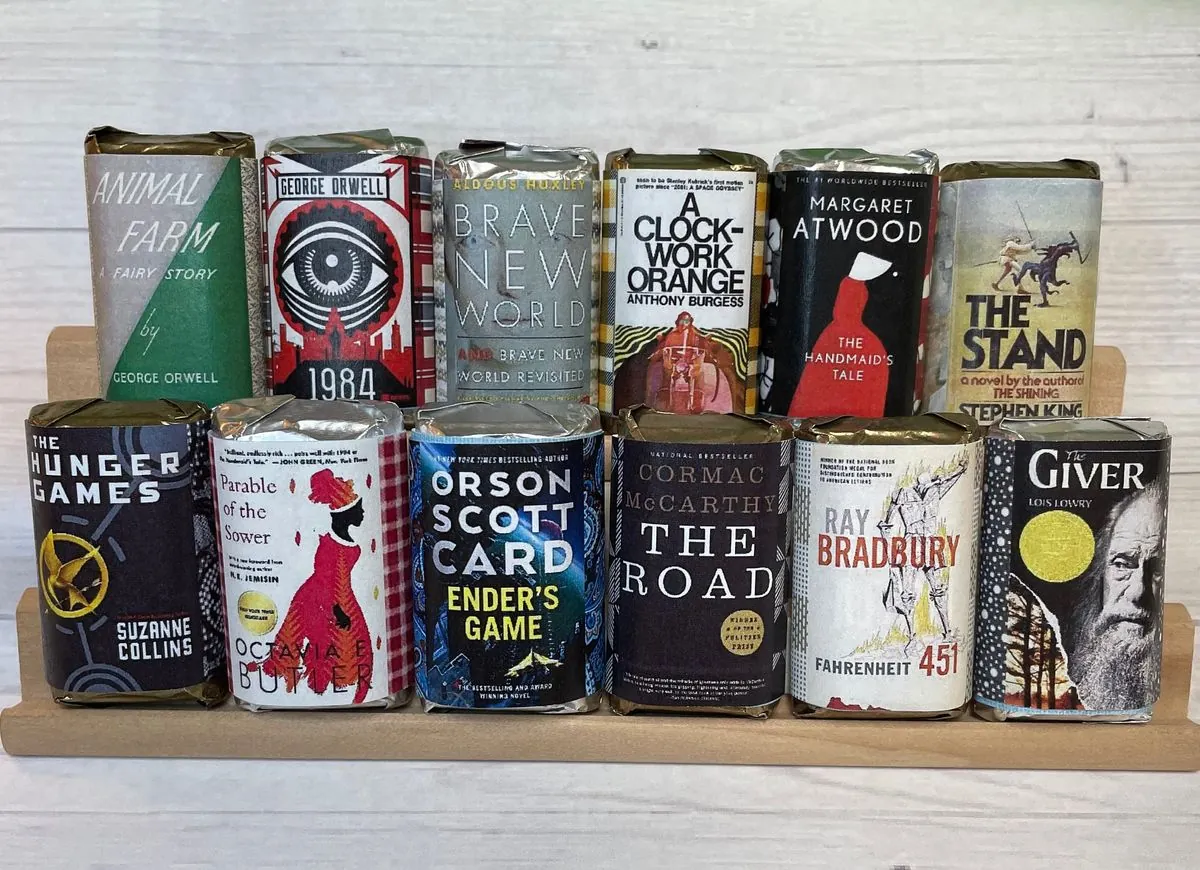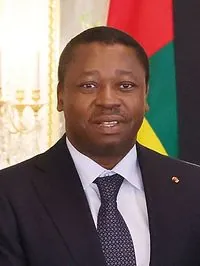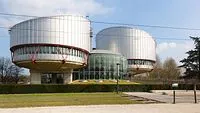How fake news machine changed US voters minds before november election
Pre-election period saw huge wave of false info flooding social-media and news sites. Research shows how made-up stories about immigration crime and economy affected peoples voting choices
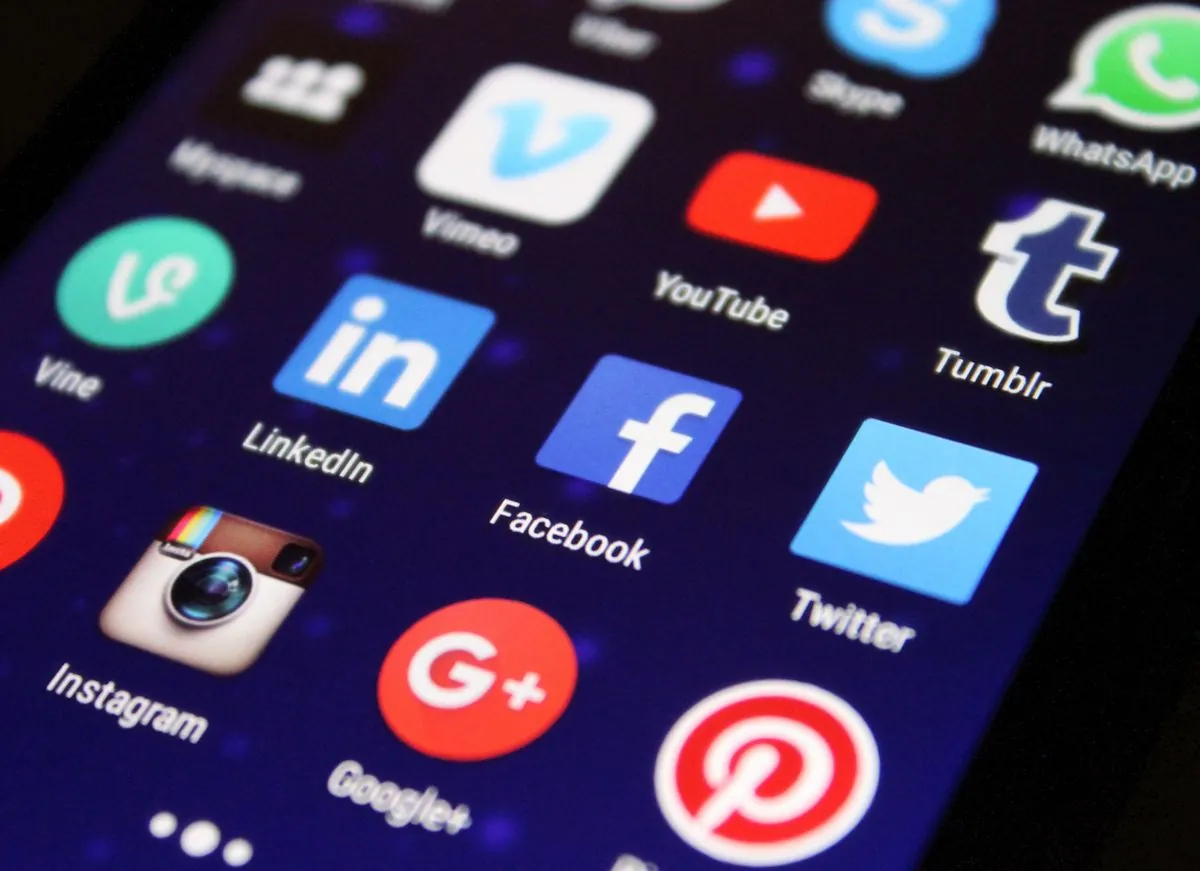
During pre-election months fake content flooded US media channels with un-precedented force. Jen Easterly head of Cybersecurity agency pointed to massive scale of false info. People saw fake FBI reports phony CBS news clips and made-up stories about mail-in ballots (which supposedly showed destroyed Trump votes)
The false-info machine targeted Kamala Harris with various accusations: from hit-and-run stories to fake Epstein connections. Many fake stories focused on Haitian immigrants hurricane aid and border security. After nov 5th election though‚ everything got quiet
Research shows that false info really changed how people think this time. Numbers tell different story than what voters believed: in Texas native-born citizens do more crimes than immigrants — about 1100 vs 400-800 crimes per 100k people. Still many voters thought different
- Elon Musk and X platform spread false stories
- Robert F Kennedy Jr pushed health-related fake news
- Tulsi Gabbard shared wrong info about bio-labs
- Pete Hegseth wanted to remove word misinformation
Social-media companies need to step-up their fact-checking game like they did during covid-19 crisis. Local news media watchdog groups and regular people should work together to spot fake stories. International groups could help too — just like WHO helped fight covid lies
The false-info spread will keep going but people might get better at spotting it. Studies show that when people see real facts dont match fake stories they start checking sources more careful
